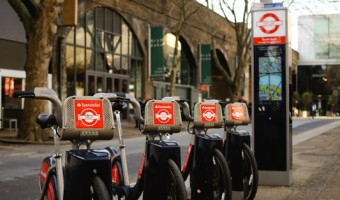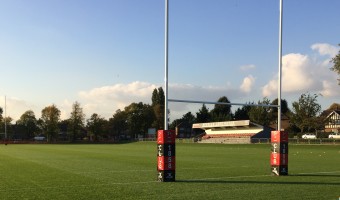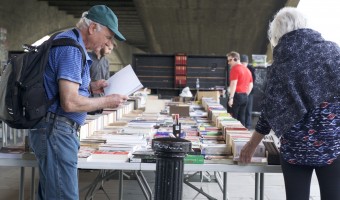Some of South East London's Treasures
London’s skyline is iconic: the Shard, Big Ben, and the Houses of Parliament, to name but a few. However, people rarely stop and think about the buildings themselves or how they got there. The past often feels like a foreign place; and, looking at the architecture, it deservedly is. For example when the Shard was completed in 2012, it marked a sign of London’s look to the future. But if it was never built, would there presently be a desire to design such a neo-futuristic building? What makes a building so important, yet relevant?
What if there was a place that encompassed all sorts of architectural styles across history? The borough of Lambeth has some of the answers. Experts have said that Lambeth has managed to encapsulate many architectural movements as London started to change its social and political climates. It serves as a microcosm: the ones below are just a fraction of what Lambeth has to offer – each one representing a piece of London’s history.
Stockwell Bus Garage
Whilst Stockwell Bus Garage is not the most ostentatious building, it was, and still is, very architecturally relevant. It was built in 1952, which came just after the Festival of Britain, an exhibition to reflect recovery and progress after World War II. Rather than to attempt multiple forms of reconstruction, the area of Stockwell was chosen as the location for this mysterious building – an area that had received much attention from the Luftwaffe during ‘the Blitz’. The construction was ambitious for the time: the choice to build with concrete, rather than traditional steel, was due to a shortage of material. There was even a point where it was Europe’s largest unsupported roof span. However, once it was completed, the public soon saw what it would stand for.
A symbol of moving forward, the garage could originally store roughly two hundred buses –all terminating in Stockwell. It was a time when London began phasing out the use of trams, Today, roughly a dozen bus routes operate from the garage. Its exterior is nothing fancy, whilst its interior showcases the vast space that it has taken up. Since 1988, it has been a Grade II listed building, which reflects how important this building was and still remains to this day. Architects call it a ‘bravura’: an amazing skill or brilliance shown in an activity. Sadly, the interior is rarely available to the public and is still actively used. You will know that you have arrived by the number of photographers outside.


Waterloo Station
Another Grade II listed building, the station is Britain’s busiest railway station, with a recorded 100 million passenger entries and exits in one year. Starting out as a railway station in 1848, the London and South Western Railway (L&SWR) decided this to be the hub of London’s transport system; as a result, the company expanded Waterloo station in 1888, to travel further into the City of London – and yet, it was not enough; passenger influx was becoming too much of a demand. They decided on a rebuilding project, which would become the Waterloo Station as it is today. They opened the ‘Waterloo & City’ line, whilst connecting with Eurostar to expand to Paris and Brussels.
It is a perfect example of a Victorian railway station, modernised to keep up with London’s growth as a city. And yet, it still maintains certain facets that make this station interesting: traditional items, such as the ubiquitous meeting point under the railway clock, remain as a symbol of stoicism, while its raised construction has led to street art down below. The most interesting? The station used to be situated alongside a ‘death line’, the London Necropolis Railway. It was used in the 19th century to help with overcrowding in London’s cemeteries, by transporting the recently deceased corpses away from London.
The station can be accessed any number of ways and is the hub for innumerable underground and over ground trains. A walk onto and through the main concourse will provide the visitor with a good feel of the architecture here.


Brixton Police Station
The Festival of Britain paved the way for a shift in architectural styles. At a time when the public were uncertain of London’s future, a proclamation, in any shape or form, had to be made. London could ‘reinvent’ itself; and did so, by erecting many public buildings in a short space of time. They called the architectural movement ‘Scandinavian Modern’, created with a clean design, clean lines, and simplicity. Brixton Police Station was one such building, opening in 1959, and winning a Civic Trust award two years later.
Many of the Scandinavian Modern-styled buildings were not built to last. Many were designed too quickly, and so their inherent architectural flaws were eventually too big to ignore. Although buildings, such as these, were not as ornate as its architectural predecessors, it stood for change, and a simple rebranding of London’s identity. Although visitors will be unable to get access to the police (unless arrested) a great viewpoint can be achieved from the pavement outside.
BFI IMAX
This last one is not specifically a municipal building as such, but a cinema: built for the British Film Institute (BFI), it opened in 1999, and boasts the largest screen in Britain. The start of a new century had people fascinated with the future. Twinned with a fascination of science, the architects decided to combine the two trends and build this cinema. Built at a roundabout, the noise of traffic might appear to seep through – but the infrastructure is set on anti-vibration bearings, designed to cancel any external noise.
This project was supported by the local council, who decided to change the atmosphere of South Bank, an area that was once notoriously known for crime and rough sleeping. Needless-to-say, the project was a success; many well known architects have already advocated a grading status for the BFI IMAX. The whole environment has changed, and simply shows what the London councils are doing to improve every aspect of London life. The full scale of this structure can only be appreciated when the visitor is inside, travelling through the public tunnels below, and public access is available, even if you have not come for the films. The BFI is a short walk from Waterloo Station along the South bank of the River Thames.


“The times they are a-changin’”. Edmund Bird authored a book, called ‘Lambeth Architecture: A Brave New World 1945-65’. It truly reflected how Lambeth subtly became more than another London borough, but stood as a symbol for London’s cultural shifts. The buildings show what was, what is, and what will be in the future. Time has changed, and so has London.
 Lambeth's Architectural Gems
Lambeth's Architectural Gems


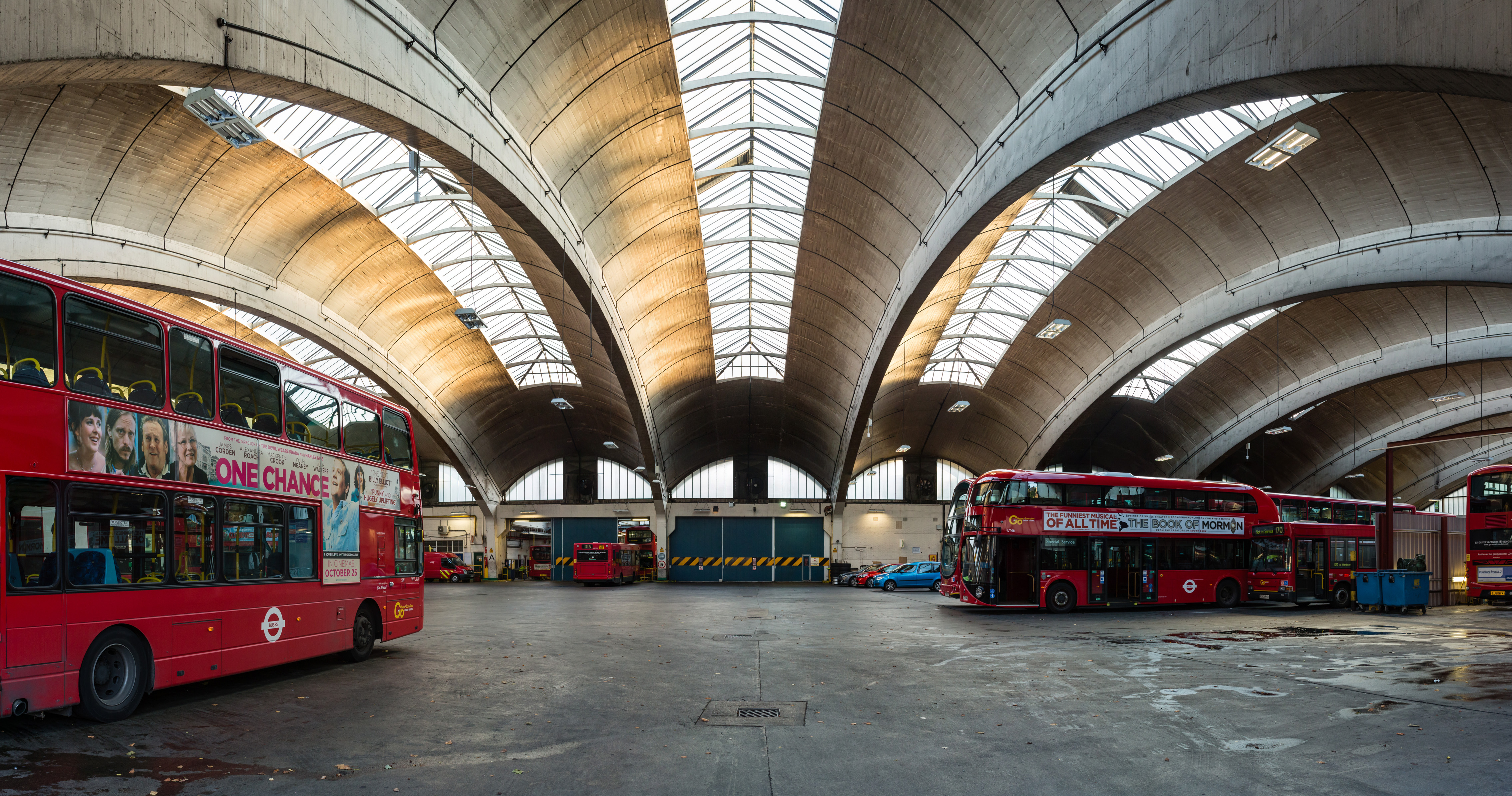
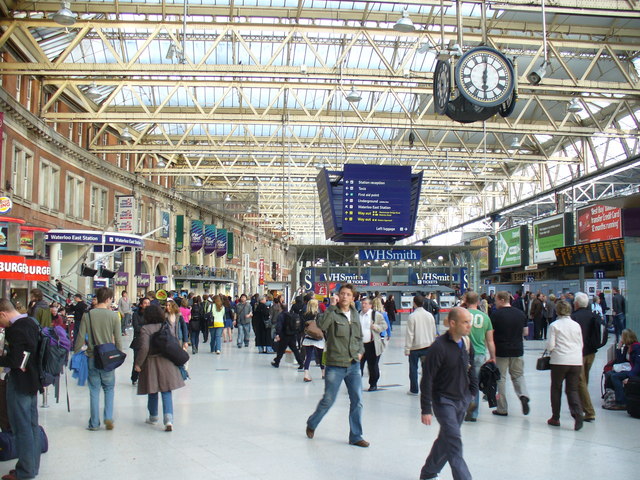
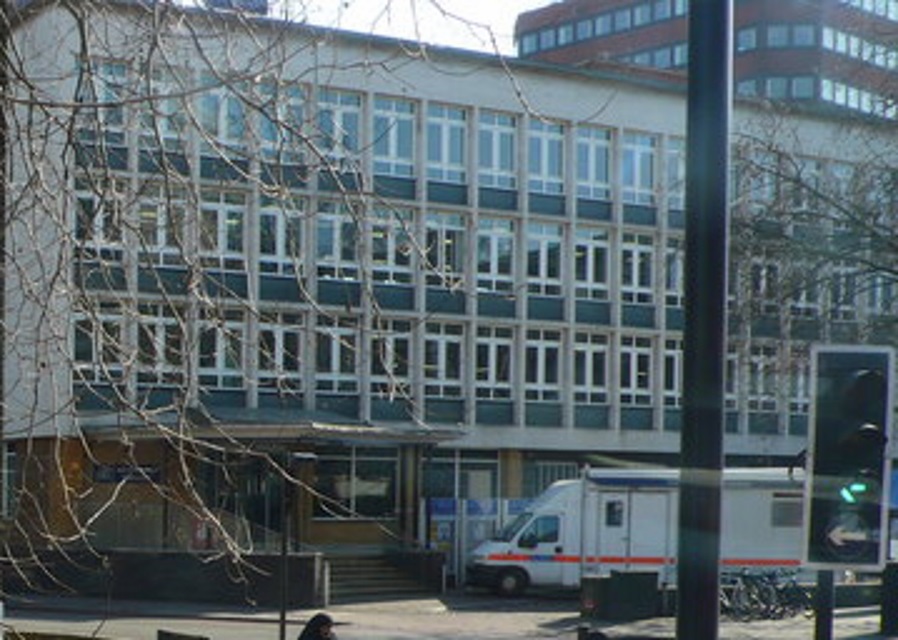
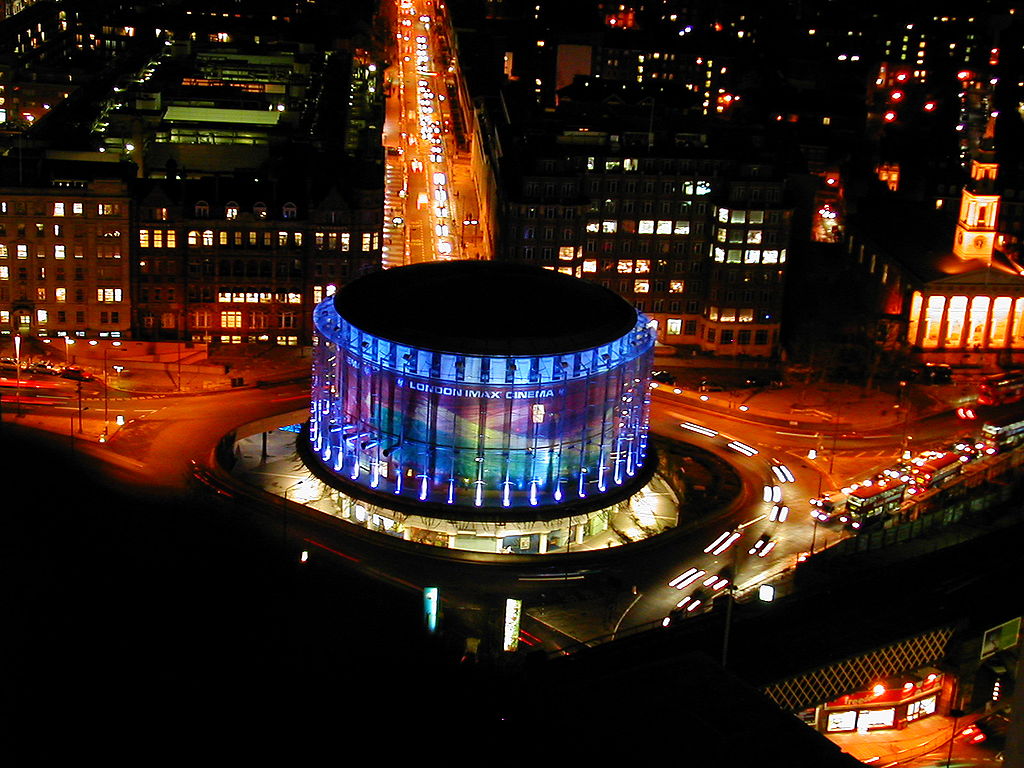

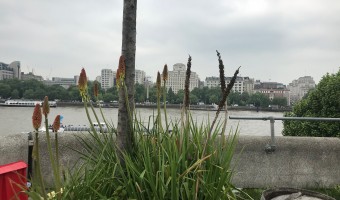
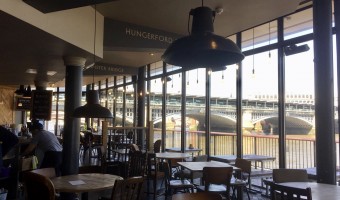
 Load more triptoids
Load more triptoids